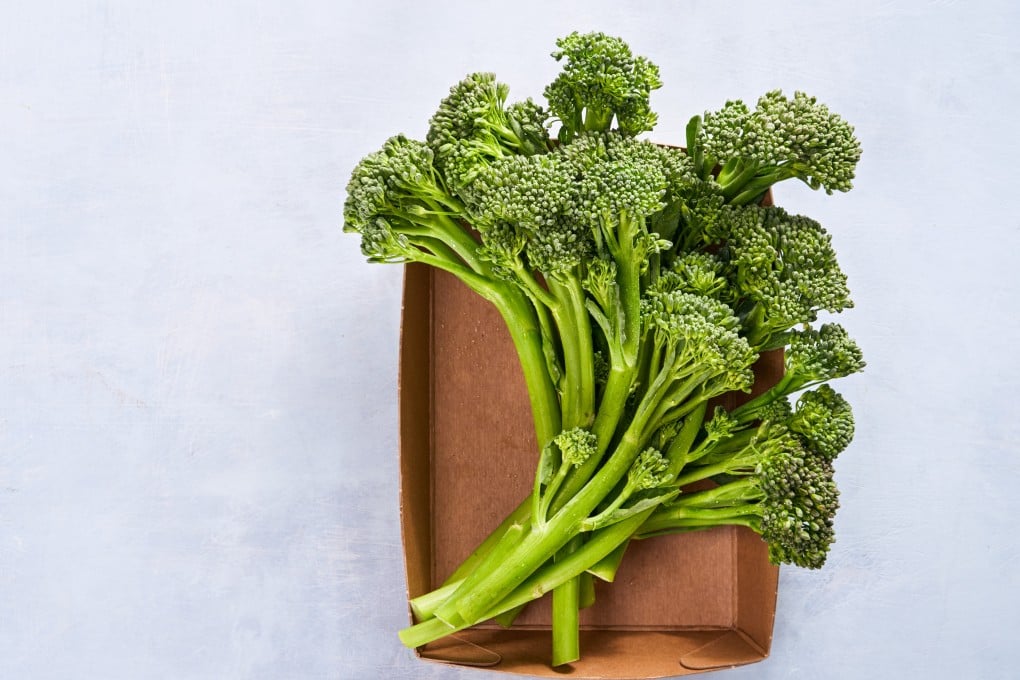Mouthing Off | Green vegetable trends: broccolini may be the new kale, and look out for kalettes and caulilini next
- Kale is celebrated as a superfood and has been a trendy must-have for a number of years
- But there is a new contender: broccolini, a Chinese broccoli hybrid, is all the rage

Is broccolini the new kale?
Produce and ingredients are not immune to the whims of fashion. Foods also go in and out of style, changing every few years. If you think vegetables are evergreens – pun intended – you’d be wrong.

Growing up, I never even knew this green existed. When I first heard about kale, I assumed it was just another vegetable that granola-munching hippies ate in communes. Little did I know it was often used as a green decoration on Pizza Hut salad bars. It’s ironic now to think that the kale was there for display while the nutrition-free iceberg lettuce was served for consumption.
But in the past decade, it’s become a precious commodity, and 2012 was the height of its popularity. The US Department of Agriculture noted that year that kale production had increased 60 per cent since 2007. Bon Appétit magazine anointed 2012 as the “year of kale” and Time magazine included it on its list of top 10 food trends.
